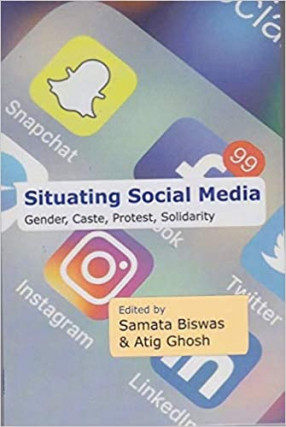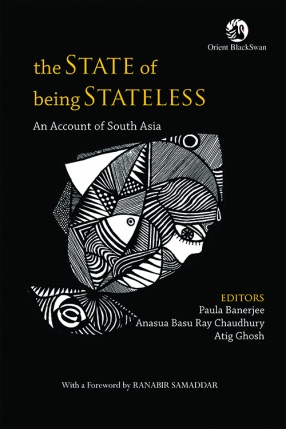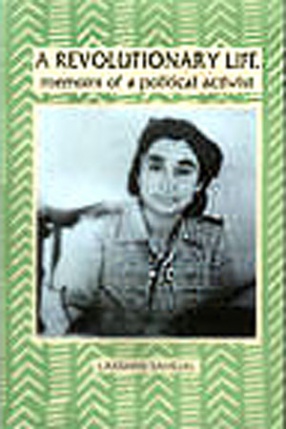Situating Social Media: Gender, Caste, Protest, Solidarity
Description: Social media produces numerous spaces and opportunities, globally, for people to link up, reach out, mobilise, assert their identity, build bridges... For those on the margins, this virtual alternative enables them to break down otherwise impenetrable social barriers and form close-knit digifams. Is social media, then, a credible space for building social movements? Who is using it to register dissent, affect change? How successful have such movements been in taking over the digital public sphere? Are the prejudices that exist offline, present online as well? What is the political fallout of multidirectional conversations on the Internet? What about the backlash from trolls and gatekeepers? Situating Social Media: Gender, Caste, Protest, Solidarity enquiries into the possibilities and actual practices of activism and solidarity-building on social media, across the tropes of gender, caste, class, religion, political ideology and disaster. Its wide-ranging essays examine the reportage of incidents and issues by a path-breaking YouTube channel like Dalit Camera; analyse different movements that not only trended online but also thrived on the streets like #MeToo, Pink Chaddi and Gay for a Day campaigns; unpack the Help Uttarakhand mobilisation for climate disaster victims; and attempt a theory of what makes the digital public click.
Get it now and save 10%
BECOME A MEMBER









Bibliographic information
Atig Ghosh